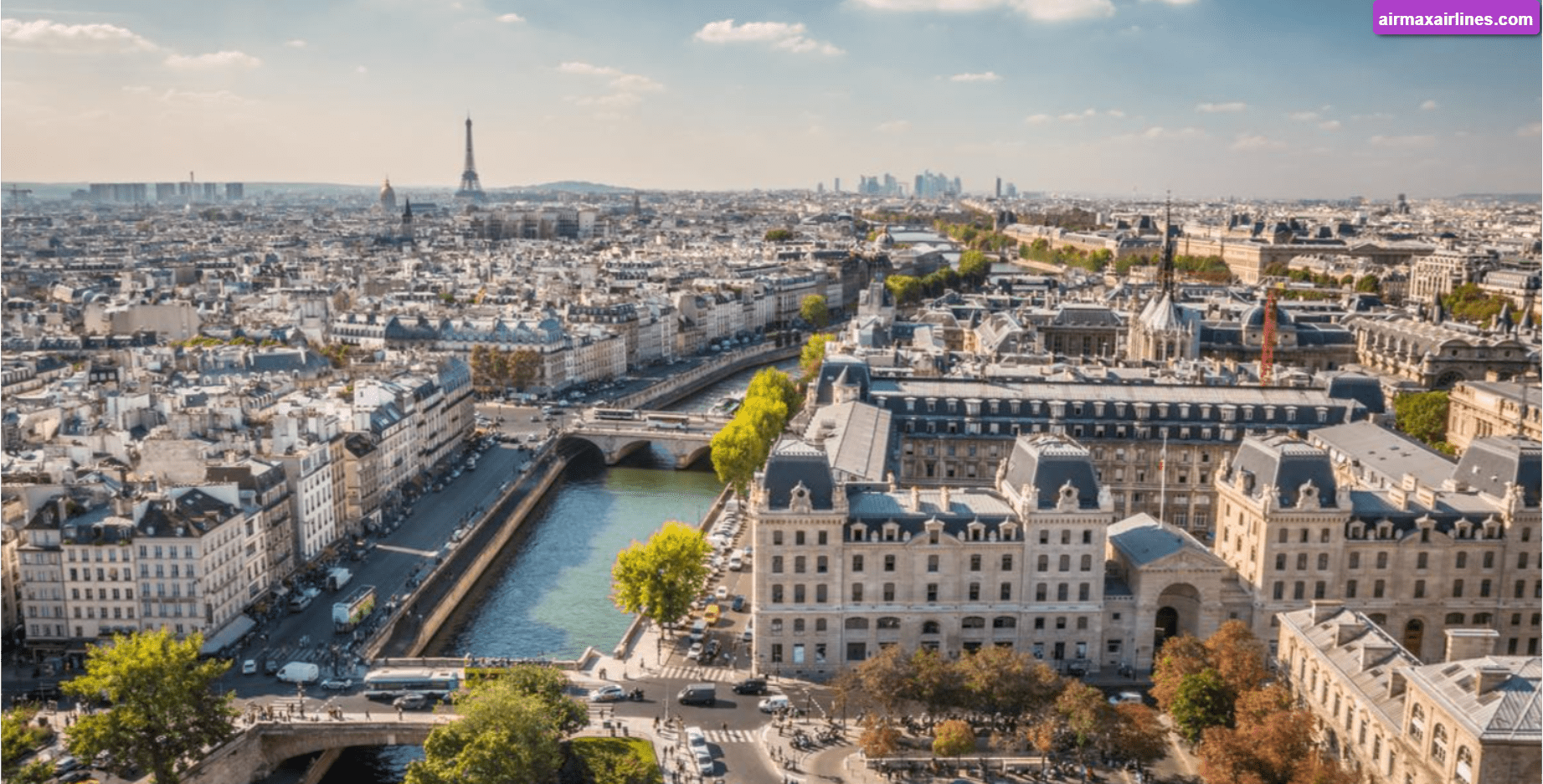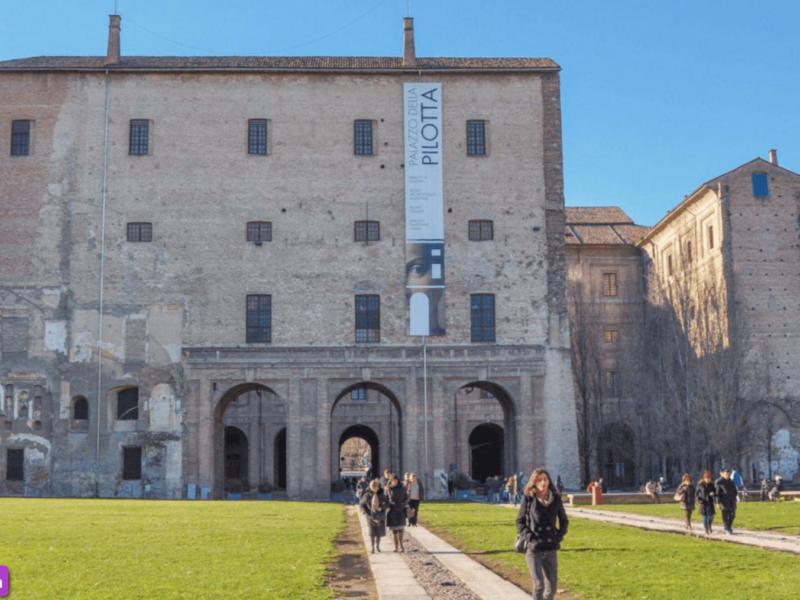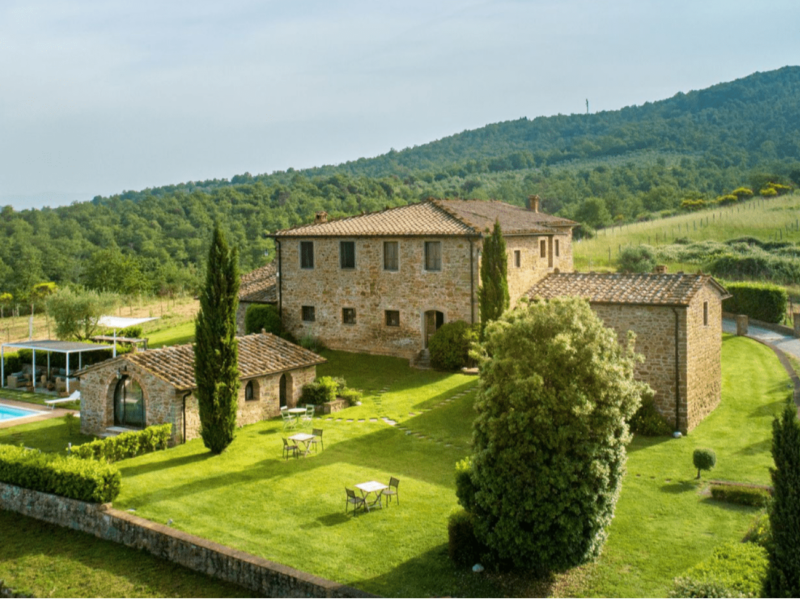If you’re visiting Paris for the first time, you might be wondering which arrondissement is the best for a newcomer like you. The neighborhood you choose to stay in will largely depend on the proximity to the attractions you wish to visit and the activities you plan to do. Alternatively, you can select a central location that allows easy access to multiple sights. The Paris metro system is efficient, though occasional theft can occur. Given the time constraints of your visit, it’s unlikely you’ll be able to see everything, so strategic planning is essential. Below is a guide to help you choose the best arrondissement for your stay in Paris.
Overview and Map of Paris Arrondissements
Paris is divided into 20 arrondissements, each with its own unique character. Before selecting your ideal neighborhood, consider the following:
- Your planned activities and sights
- Your budget
- Accessibility to various attractions and proximity to public transportation
Most arrondissements offer attractions worth exploring. It’s advisable to limit yourself to two major sites per day and, if possible, purchase tickets in advance. Additionally, consider booking skip-the-line tickets during peak seasons to avoid long waits at popular landmarks and museums.
View of the Arc de Triomphe and the 8th Arrondissement
We’ve stayed in the 8th Arrondissement twice and have been thoroughly satisfied. For a central location with great views, the Splendid Etoile Hotel, situated near the Arc de Triomphe on the border of the 17th and 8th arrondissements, is an excellent choice. In my opinion, the 8th Paris Arrondissement is conveniently located for accessing key attractions.
On our second visit, we stayed at the charming 4-star Hotel Opera Marigny, also in the 8th Arrondissement. This cozy hotel is located on a quieter street just off the bustling avenues and is close to numerous restaurants and shops. One notable spot, Café Sud, offers a romantic ambiance with live music.
Best Neighborhoods in Paris
1st Arrondissement – Historic Center
The 1st Arrondissement is at the heart of historic Paris, featuring landmarks such as the Louvre Museum, the Tuileries Gardens, and Place de la Concorde. Positioned on the right bank of the Seine, this central area is within walking distance of many top attractions. While it’s a safe and vibrant area with plenty of restaurants, shops, and hotels, it is also one of the more expensive neighborhoods due to its prime location. Forum Les Halles, one of Paris’s largest shopping centers, is also located here.
2nd Arrondissement – A Hidden Gem?
Often overlooked by tourists, the 2nd Arrondissement offers cobblestone streets, a historic medieval tower, vibrant markets, and unique boutiques. Located near the city center on the right bank of the Seine, it is close to the Louvre and Tuileries Gardens. Key attractions include La Tour Jean-Sans-Peur and various charming passages and arcades.
3rd Arrondissement – Conspiracies and Catholic History
The Marais district, also known as “Temple,” is rich in history, including ties to the Knights Templar. This less-visited area is renowned for its historical and architectural significance. Museums like the Musée Carnavalet, which explores Paris’s history, and the Hôtel de Soubise are notable attractions.
4th Arrondissement – Medieval Paris
The 4th Arrondissement is central to Medieval Paris, home to Notre Dame, Sainte-Chapelle, the Pompidou Center, and Hôtel-de-Ville. Despite the fire at Notre Dame in 2019, it remains a significant site. The Marais area, extending into the 4th Arrondissement, features the picturesque Place des Vosges and is known for its cozy shops, gardens, and museums.
5th Arrondissement – Latin Quarter
Located on the left bank of the Seine, the 5th Arrondissement, or Latin Quarter, is famed for its academic heritage and lively atmosphere. Home to the Pantheon, which houses the remains of notable figures such as Voltaire and Hugo, this area is ideal for experiencing Paris’s artsy and intellectual side.
6th Arrondissement – Churches, Gardens, and Shopping
The 6th Arrondissement, known for its Catholic churches, Luxembourg Gardens, and shopping options, is located between Saint-Germain-des-Prés and the Latin Quarter. The gardens, inspired by Florence’s Boboli Gardens, are perfect for family visits. The area is also known for its designer stores and luxury boutiques.
7th Arrondissement – The Eiffel Tower
The 7th Arrondissement is home to Paris’s most iconic landmark, the Eiffel Tower, along with the Invalides and Musée d’Orsay. A Seine River boat ride with champagne offers stunning views of the city.
8th Arrondissement – Best for First-Time Visitors
The 8th Arrondissement, known for its elegance and central location, features landmarks like the Champs-Élysées and the Arc de Triomphe. It is a prime location but comes with higher costs. For authentic dining experiences, explore smaller streets beyond the main tourist areas. Don’t miss the renowned Ladurée for exquisite pastries.
9th Arrondissement – Elegance, Culture, and Shopping
The 9th Arrondissement boasts Palais Garnier, Galeries Lafayette, and various cultural attractions. It’s a hub of elegance and shopping in Paris.
10th Arrondissement – Trendy and Vibrant
The 10th Arrondissement, along Canal St. Martin, is known for its trendy vibe. The canal is car-free on weekends, making it ideal for cycling and strolling. The area is popular among the younger crowd and features street performances during late May.
11th Arrondissement – Nightlife
Known for its vibrant nightlife, the 11th Arrondissement houses the Opera Bastille and Place de la Bastille. The area is also home to Europe’s oldest circus hall and the Edith Piaf Museum.
12th Arrondissement – Gare de Lyon
This area is centered around Gare de Lyon, Paris’s major train station, and features the Bois de Vincennes park and the historic Bercy village.
13th Arrondissement – Diversity and Art
The 13th Arrondissement is known for its vibrant street art, Asian community, and the Butte aux Cailles neighborhood. It’s a culturally rich area with a unique charm.
14th Arrondissement – Historical and Modern
The 14th Arrondissement, home to Montparnasse Tower and the Catacombs, also features contemporary art galleries and artisan shops.
15th Arrondissement – Markets and Museums
Located south of the Eiffel Tower, the 15th Arrondissement offers markets, parks, and museums, including Île aux Cygnes with its Statue of Liberty replica and the Musée Bourdelle.
16th Arrondissement – Art and Literature
Historically affluent, the 16th Arrondissement has been home to famous French writers and hosts museums such as the Modern Art Museum and the Marmottan-Monet Museum.
17th Arrondissement – Local Life
This residential area provides a glimpse into local Parisian life and has recently become popular among younger residents, with new restaurants and a vibrant nightlife scene.
18th Arrondissement – Montmartre and More
The 18th Arrondissement features bustling neighborhoods like Montmartre, Sacré-Cœur, and the Moulin Rouge, making it a top tourist destination.
19th Arrondissement – Local Attractions
Known for its parks and local character, the 19th Arrondissement includes Buttes Chaumont Park and the charming La Mouzaïa neighborhood.
20th Arrondissement – Curiosities
The 20th Arrondissement offers unique attractions such as Oscar Wilde’s cemetery, diverse bookstores, an Asian market, and street art.
Ultimately, your choice of arrondissement for your first Paris visit depends on your preferences. While the 8th Arrondissement is ideal for its central location, the 7th and 18th Arrondissements are also excellent options. The metro system makes travel convenient, ensuring you’ll have a wonderful time wherever you stay.
Paris Pass
If you’re visiting Paris for an extended period, consider purchasing a Paris Pass. It offers priority access to over 50 attractions and museums, including the Palace of Versailles, a Seine River Cruise, and various discounts. The pass includes free entry to numerous museums, public transportation, and other perks, with different pricing for EU and non-EU residents and various age groups.


